Tibetan adventures: From crystal lakes to a glimpse of Mount Everest
The Roof of the World houses many treasures – if you can stomach the altitude.
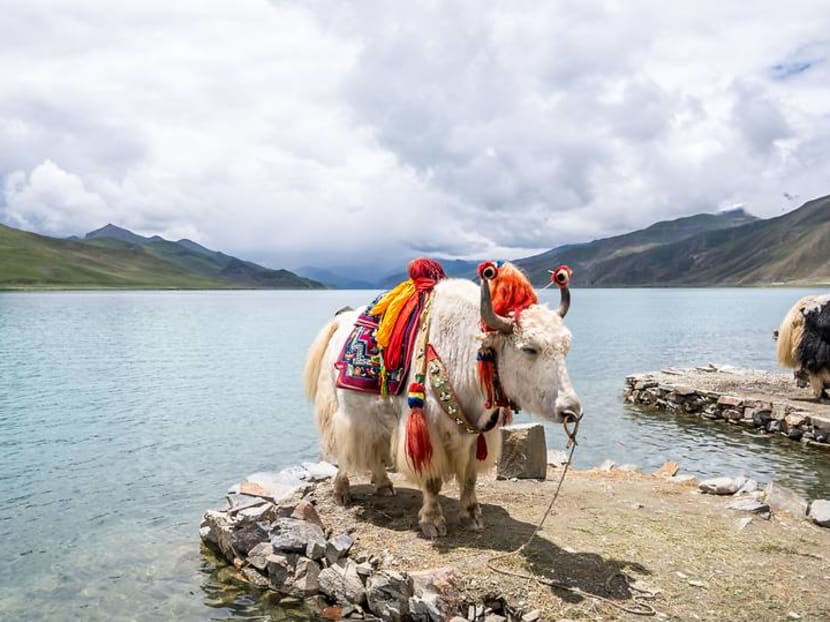
At Yamdrok Lake, yaks wait to pose for photographers. (Photo: Hon Jing Yi)
My trip began with a drive through mountain ranges and meandering roads from the capital city of Lhasa to Rongbuk Monastery Guesthouse, one of the only places Everest-chasing tourists are allowed to stay.
(Earlier this year, the Chinese government closed Everest Base Camp, situated just slightly above Rongbuk, indefinitely, to clear huge amounts of rubbish left behind by tourists and adventurers.)
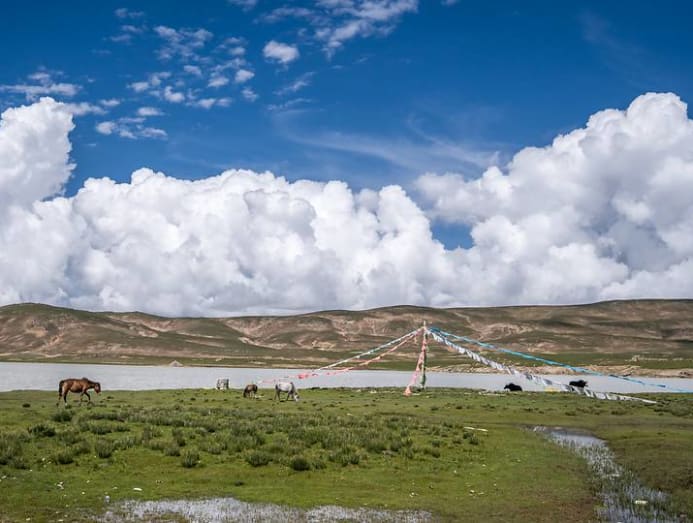
After three days on the road, my friend and I arrived at Rongbuk to find that the world’s tallest and most famous peak was barely visible, hidden behind rain, clouds and thick fog. The Tibetans believe that Everest is a goddess who doesn’t reveal her face to just anyone, and it seemed increasingly certain we were, well, just anyone.
We stood outdoors in the drizzle, and waited by the window in our little room at the guesthouse, hoping to be granted a glimpse of its magnificence. But by the end of the night, we were convinced we never would.
Soon, the altitude sickness hit. At 5,200 metres above sea level, the air is so thin, every step I took felt like a reminder of my physical limitations. Even at rest, my fitness tracker registered a heart rate that was 35 per cent higher than usual. I had never been so aware of my breathing, my need for air and of the sharp pain that pierced my head every few hours as my body went into overdrive trying to get me the oxygen I needed. During the night, I woke up over a dozen times to sit up and catch my breath. And I wasn’t the only person suffering – at dinner, I overheard a man who was in so much pain, he asked if he could leave the mountain ahead of the others.
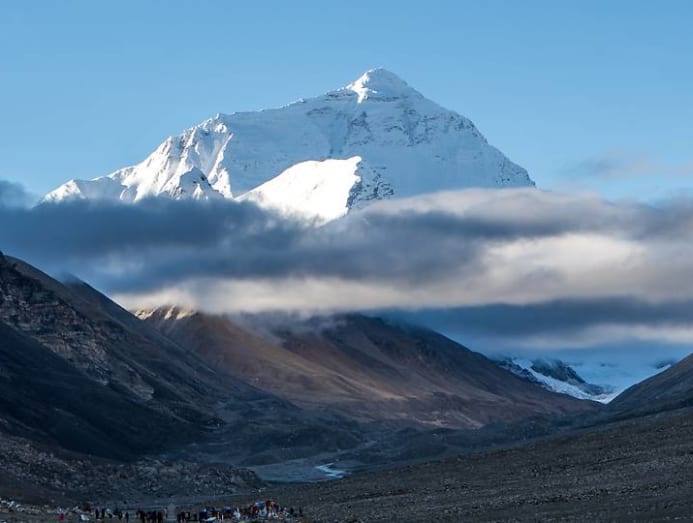
Then, 20 minutes before we were due to leave and head back to Lhasa, the fog and clouds parted, as if to reward our persistence. Mount Everest was finally on full display. It was a glorious sight. She was beautiful, magnificent and awe-inspiring, and I felt incredibly fortunate and humbled to be in the presence of such splendour, even if it was only for a few minutes.
In fact, we were fortunate to be in Tibet at all. Growing up, I had always been fascinated by this faraway land known to most as the “Roof of the World” and the “Hermit Kingdom” because of its high altitude and isolation. These days, Tibet receives millions of tourists every year, although many restrictions still apply to foreign visitors. To enter Tibet, foreigners must apply for a special permit, which can only be picked up in China, and be accompanied by approved tour guides.
The upside to having all these tricky rules is that Tibet still appears to be relatively unaffected by the influx of foreign tourists, though there were many Chinese tourists when we visited. Because religion is so inextricably linked to Tibet’s history and culture, we visited many of the region’s key monasteries and temples, each with its own unique personality. I was pleasantly surprised to find that these temples were living and breathing places of worship, and not museums or artifacts.
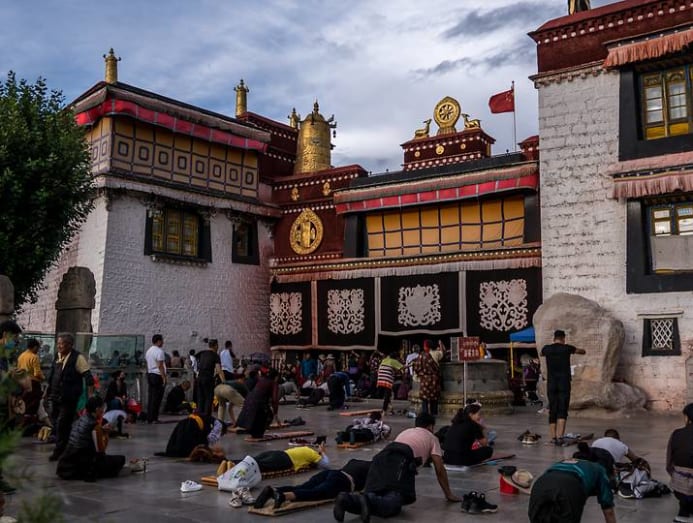
We spent our first day in Lhasa exploring Jokhang Temple. Known as Tibet’s holiest destination, Jokhang houses the life-size statue of a 12-year-old Shakyamuni Buddha, brought to Tibet by the Tang Princess Wencheng in the 7th century. Outside the temple, we saw dozens of local Tibetans reciting prayers, spinning prayer wheels and prostrating themselves every few steps, clockwise around the temple.
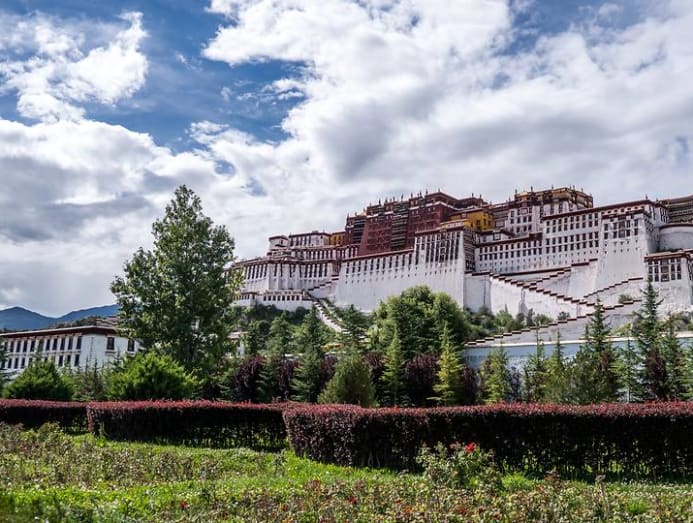
We also found pilgrims at Potala Palace, the winter palace of the Dalai Lama since the 7th century, and witnessed monks debating Buddhist philosophy at Sera Monastery. It was fascinating learning about Tibetan Buddhism, although our guide avoided discussing controversial topics, such as the 14th Dalai Lama, who has been living in exile since 1959.
There was a peaceful, meditative presence to Tibet that I’d never felt before on any of my travels. As we made our way West from Lhasa to Mount Everest and back, we drove through snowy mountain passes, thousands of metres above sea level. We saw fields of yellow flowers, used to make cooking oil, growing next to traditional Tibetan houses. We counted hundreds of yak, sheep and horses grazing leisurely. The locals that we met in restaurants and small shops were friendly and accommodating, and never pushed their wares.
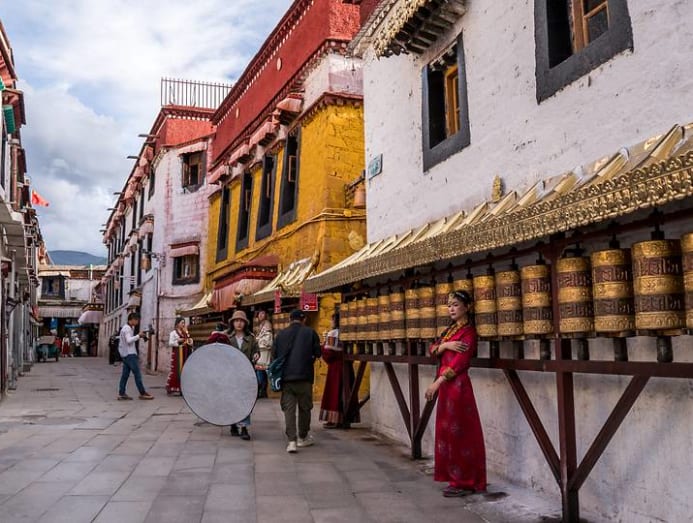
Outside Lhasa, the bathrooms took some getting used to. There were public restrooms everywhere, even in small towns or villages where we stopped for breaks. But we quickly learned to avoid those after we found one with its walls and floor smeared with faeces. At the guesthouses at Rongbuk, the bathroom was a wooden shed with a hole in the ground, with a heap of human waste that grew larger and smellier as the day progressed. (I sprinted in and out so quickly each time I needed the bathroom, I could have outrun Usain Bolt.)
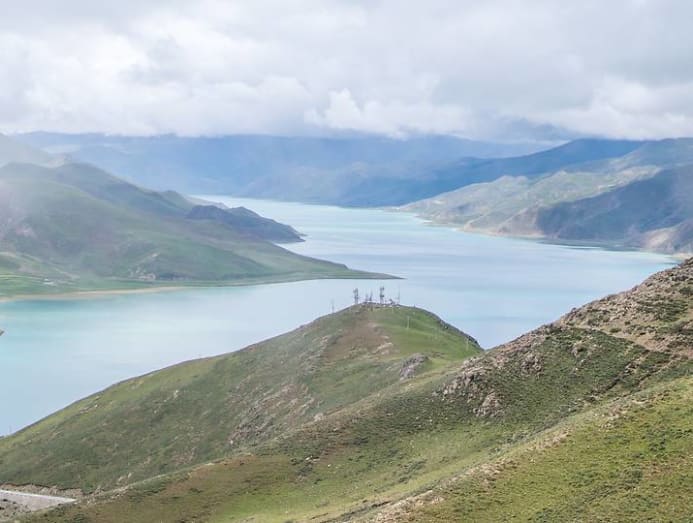
But it was all worth it. We made many stops on our road trip at Tibet’s most beautiful sights. Yamdrok Lake was a personal favourite. One of Tibet’s three holiest lakes, Yamdrok shone an exquisite turquoise, against a backdrop of snowy mountains. Visitors to the site are forbidden from fishing or swimming in the lake, although we were allowed to dip our hands into its crisp, clear waters. We walked along a small stretch of the lake, basking in its serenity, as other tourists posed for photographs with yaks.
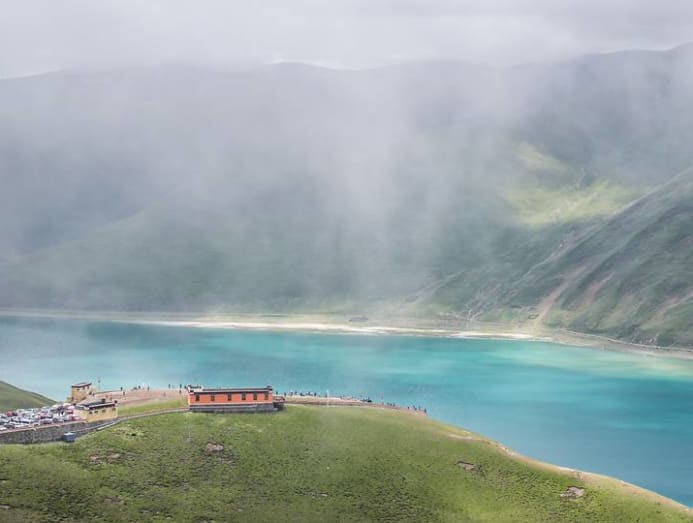
Along the way, our guide Tashi also answered our questions about Tibetan culture. He shared stories of his family, some of whom still live in a small village in the East, and whom he hadn’t seen in years. He explained the difference between Tibetan Buddhism’s four major schools of thought, and the influence of religion on the lives (and deaths) of his fellow Tibetans.
Most memorably, he took us to the foot of a mountain in Shigatse Dzong, where Sky Burials are conducted. He explained that most Tibetans choose Sky Burials when they die, because, as Buddhists, they believe in the separation of body and consciousness after death, and the importance of being generous with one’s mortal possessions. After a deceased person is carried up the mountain, Lamas and monks chant scriptures, and chop the body into pieces. Then, the vultures arrive. One time, Tashi said, he witnessed the ritual performed on a young girl in her 20s. The vultures ate every bit of flesh from her body, but spared her face.
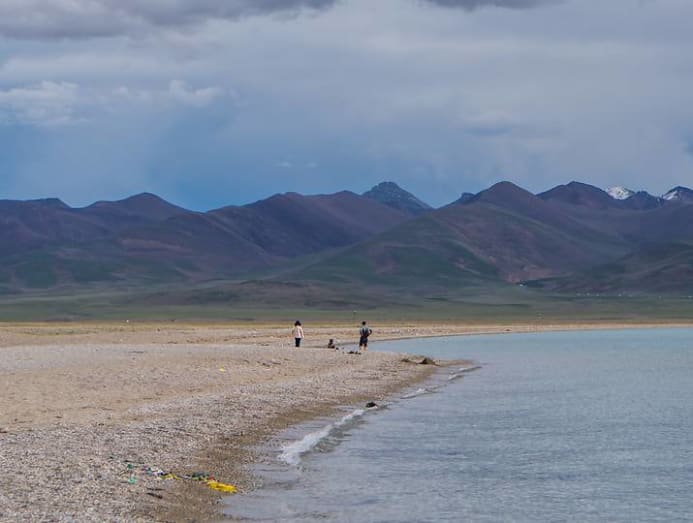
Finally, after travelling for hours through grasslands and bumpy mud roads, we arrived at our last destination, the sacred Namtso Lake. Known as Tibet’s Heavenly Lake, Namtso is one of the highest lakes in the world. It is also massive – more than twice the size of Singapore. The lake was almost as peaceful as I had imagined, and perhaps could have been even more so, had there been fewer chattering tourists and guides offering to take us up and down the lake on horseback.
My friend and I sat in silence at a quiet corner on its shores, watching the sunlight dancing on the crystal blue waters of the Namtso, the farthest edges of the lake almost reaching the skies.





